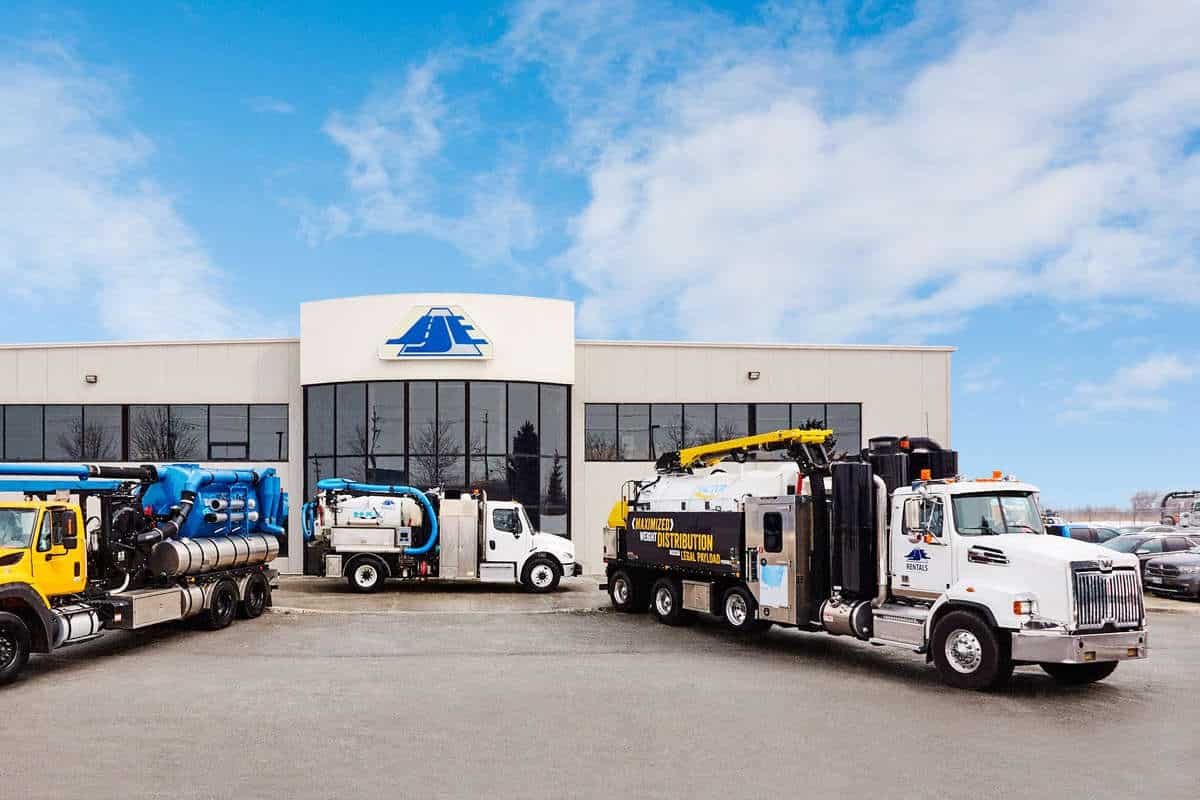What’s the Scoop: John Deere Excavators
From digging and backfilling to moving and placing pipe, the excavator is the go-to machine for utility contractors. To highlight these hard-working pieces of iron (as well as the companies that construct them), we’ve gathered the histories, product offerings and specs for the biggest names in the marketplace.
Over the next 10 pages, learn all about the product lines of the most popular excavator manufacturers in North America — from Caterpillar and John Deere to Komatsu and Volvo. Compare specs of different models or simply discover the beginnings of a brand you love. There are even insights and advice from industry insiders to aid in purchasing decisions and maintenance matters. Sit back, relax and dig in.
Pam Kleineke is managing editor of Utility Contractor.
John Deere
Customer-Driven Features Boost Productivity and Control
John Deere manufactured its first excavator, the 690, in 1969. Today, the company’s full line of equipment starts with the compact 17G at 1.72 metric tons to the 870G LC, which weighs in at 87 metric tons. Responding to customer demand, the company has worked to improve the muscle, control and productivity in each new model.
Today, John Deere manufactures 18 excavator models weighing six metric tons or more. These models span from the 56.9-hp 75G to the aforementioned 512-hp 870G LC. The models most often used in utility work are the 75G, 85G, 130G, 135G, 160G LC, 180G LC, 190G W, 210G LC, 245G LC, 250G LC and 300G LC. These highly versatile machines are packed with customer-driven features to bring maximum productivity to the jobsite with cool-running efficiency. Spacious cabs provide visibility, and low-effort joystick controls, metering and smooth multifunction operation provide the precision operators need.
Product Spotlight: 130G, 160G LC and 180G LC
The 130G (98 hp), 160G LC (121 hp) and 180G LC (128 hp) feature a certified Tier 4 Final John Deere PowerTech PVS 4.5L engine. John Deere designed the excavators with an updated hood for improved engine access, while still offering unparalleled visibility. For convenience, the nine-pin diagnostic connector was moved into the cab to reduce diagnostic testing time for technicians. A rear-view camera is now standard equipment, improving visibility to the rear of the machine. Inside the cab, a programmable thumb attachment mode is also available and enables operators to program oil flow for thumb attachments with the monitor.
Handrails come standard on all Tier 4 Final G-Series excavators and help maintain contact when climbing the upper structure to service the engine — improving service accessibility and security. An optional light package now includes a hood light to provide greater visibility to the engine compartment to easily see daily service points. The hood light is ideal for customers who work in dark or low light environments or those who run multiple shifts and may need to conduct late-night fuel and lube operations. Contractors looking to get the most out of their John Deere excavators can rely on Ultimate Uptime featuring John Deere WorkSight. With Ultimate Uptime, operators receive pre-delivery and follow-up inspections, three years of JD Link telematics and much more.
Advice
“With today’s technologies and the variety of attachments available, it’s important to follow manufacturer guidelines,” says Mark Wall, excavator product marketing manager. “A few things to focus on, include: proper track tension to prolong undercarriage life, oil sampling to determine if oil change intervals are correct, greasing intervals to keep joints running smoothly, draining condensation water off the fuel tank and keeping the DEF clean. Do these things on an ongoing basis, and the routine maintenance will pay off in the long run.”






